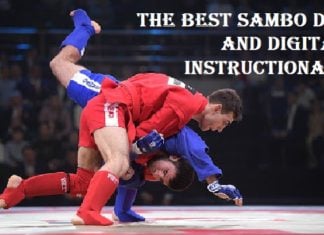
Stretching will make you flexible. I bet you’ve heard this before If only things were that easy. Flexibility is an athletic quality that is trainable and can be improved. Factoring in individual needs and limitations, not everybody part can become more flexible at the same rate, but you can most certainly improve. The conundrum that people of the face, particularly BJJ practitioners who would love to be able to triangle choke themselves, is what type of stretches for BJJ should they use? There’s no simple answer to that as there are different types of stretching and mobility that all influence flexibility. That said, deep stretching is a proven way of really pushing your flexibility, but they also come with caution attached.
Deep stretches are all the stretches that you think of when you hear the word stretching. Every stretch that is static in nature, and goes into painful territory can be considered a deep stretch. As I said, it is the perception people usually have when they think of stretching. These types of stretches for BJJ are actually not always recommended, though. In fact, you need to be really careful with them, because they might end up doing more harm than good if you do not utilize them correctly.
What Is Deep Stretching?
In terms of stretching as an athletic activity aimed to help the recovery and improve the flexibility of muscles, there are two main types. One is active stretching, where you remain dynamic throughout the stretch, and the other is passive stretching, where you remain static. Understandably, going deep into a stretch requires you to be in control of your range of motion, so active stretches cannot be as deep as passive ones.

In terms of deeps stretches for BJJ, there are certain muscles that require more attention than others, given the demands of the sport. More on this later. For now, remember that doing passive stretching means you need to try and go deep. If you have body parts that are not as limber as you’d like them to be, you can always use props to help you get a better range of motion. For grapplers, the belt is everything you’ll need, most of the time.
Passive deep stretching can greatly improve flexibility, aid recovery, and help your tendons recuperate after strenuous rolling sessions. However, it is key to know when to use deep stretches, and even more important to understand when you should be avoiding them at all costs.
When NOT To Use Deep Stretches
Contrary to popular belief, deep stretches are never a good idea when you’re warming up for a sport, or any athletic activity. Warm-ups should be just that, series of exercises that help you get the blood pumping and raise your core temperature. Trying to use deep stretches in a warm-up routine has a completely opposite effect – it elongates muscles, allowing them to cool. Trying to go for a roll after a solid deep stretch routine is like jumping into BJJ straining straight out of bed. IN other words, it is not the smartest thing to do. Deep stretches for BJJ have their place, but that is certainly not during the warm-ups.
The same holds true for morning routines. Yeah, Yoga is awesome in the morning, but how far can you really go into any given stretch? Try doing the same routine in the afternoon and you’ll suddenly think you’ve doubled your flexibility in a matter of hours. After sleeping, our joints are stiff, muscles are compressed, and have reduced blood flow. This is the worst time to be attempting to improve your splits, or trying to do deep shoulder or hips stretches for example. What you’ll achieve is a pulled muscle, and perhaps even worse.
Speaking of pulled muscles, deep stretches are also something you should skip when returning from an injury. Active stretches and mobility routines. Preferably put together by a doctor or physical therapist are your best bet. Trying to do deep stretches for BJJ on an injured body part will probably just exaggerate the injury, or cause a new one on a different part of your body.
So, what is the best time to do deep stretches then? When you’re warmed up, muscles have blood flow, and your core temperature is higher. That means right after training, or at the end of a dedicated mobility//recovery routine. Alternately, doing such a routine before bed is also not a bad idea.
The Best Deep Stretches For BJJ
Stretches for BJJ include 6 major joint ins the body, and all accompanying muscles and tendons. Those joints are the ankles, hips, shoulders, wrists, neck, and thoracic spine. These just so happen to be joints that allow you to practice an increasing range of motion, thus helping you make the surrounding muscles much more flexible over time. Let’s go over each one of them and see a sample stretch you can do.
Ankles – Calf stretch

Hips – Glute Stretch

Shoulders – Overhead Shoulder Stretch
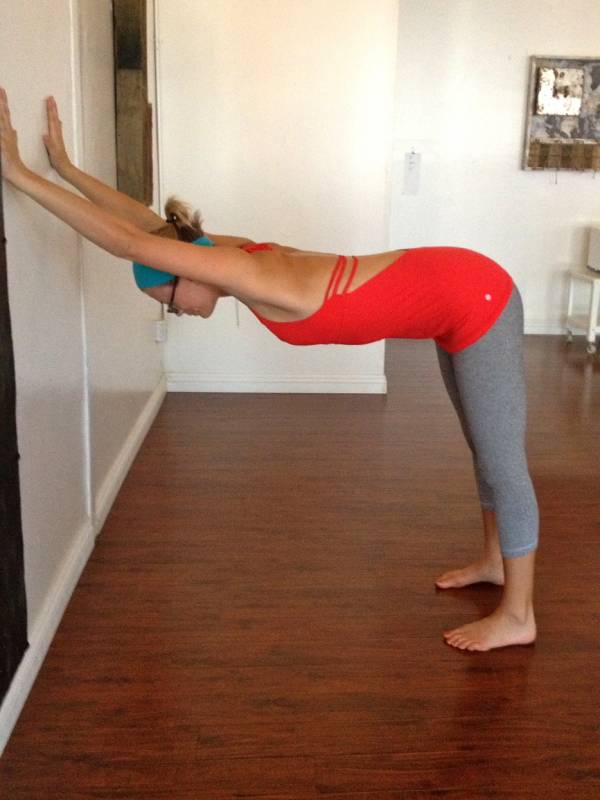
Wrists – Flexion
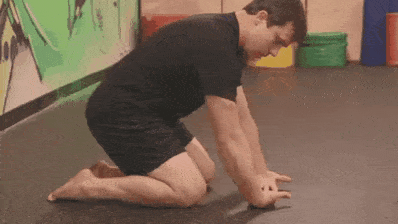
Neck – Sideways Neck Stretch
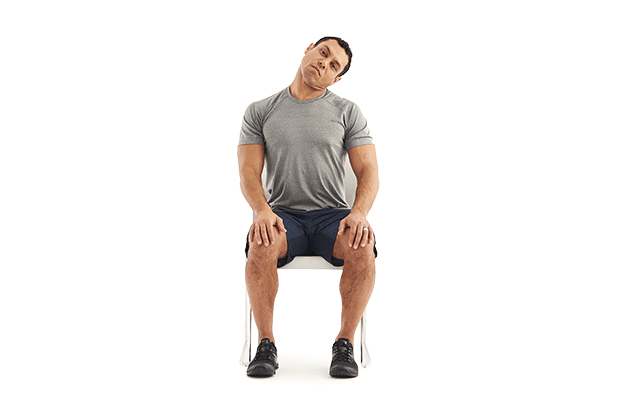
Thoracic Spine – The Bretzel
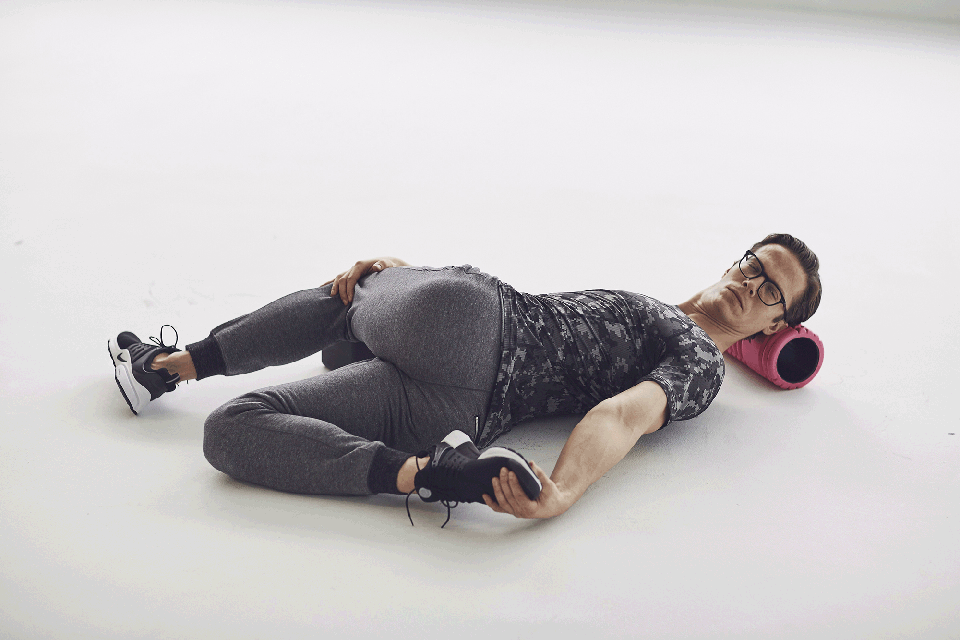
Closing Thoughts
I already touched on the subject that you shouldn’t do any deep stretch for less than 30 seconds. In terms of organizing all of the above stretches for BJJ into a routine, start with 30 seconds on each stretch (repeat on both sides of the body). Aim for 3 sets of them, either as a circuit or in a straight-set fashion. Once you’re good with that, and you see your flexibility improving, you can go to 45 seconds, or a minute each.

















